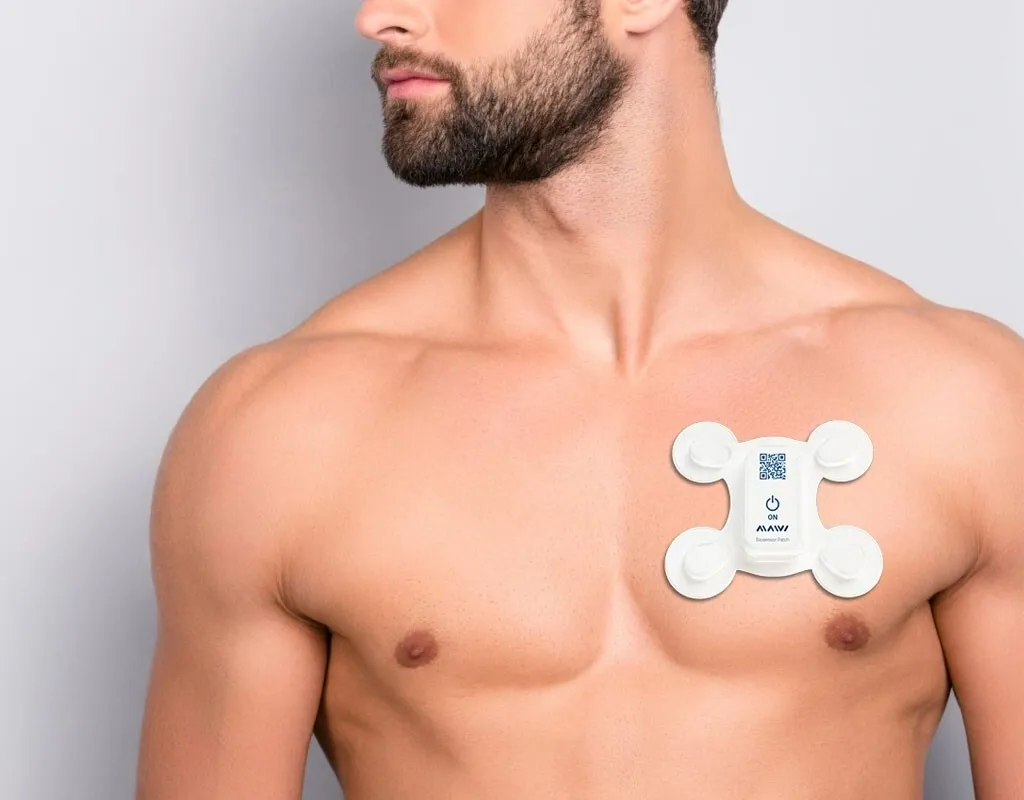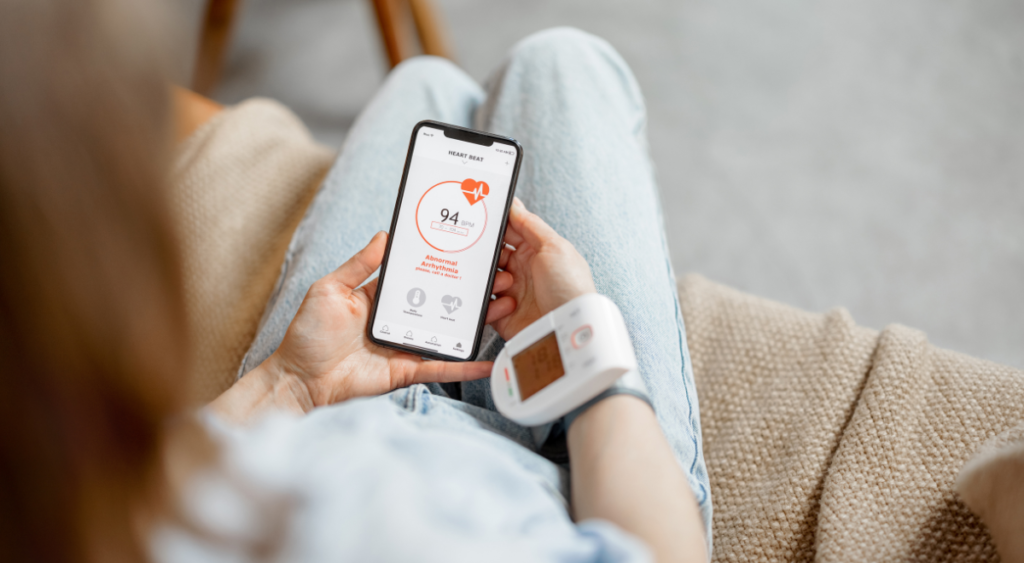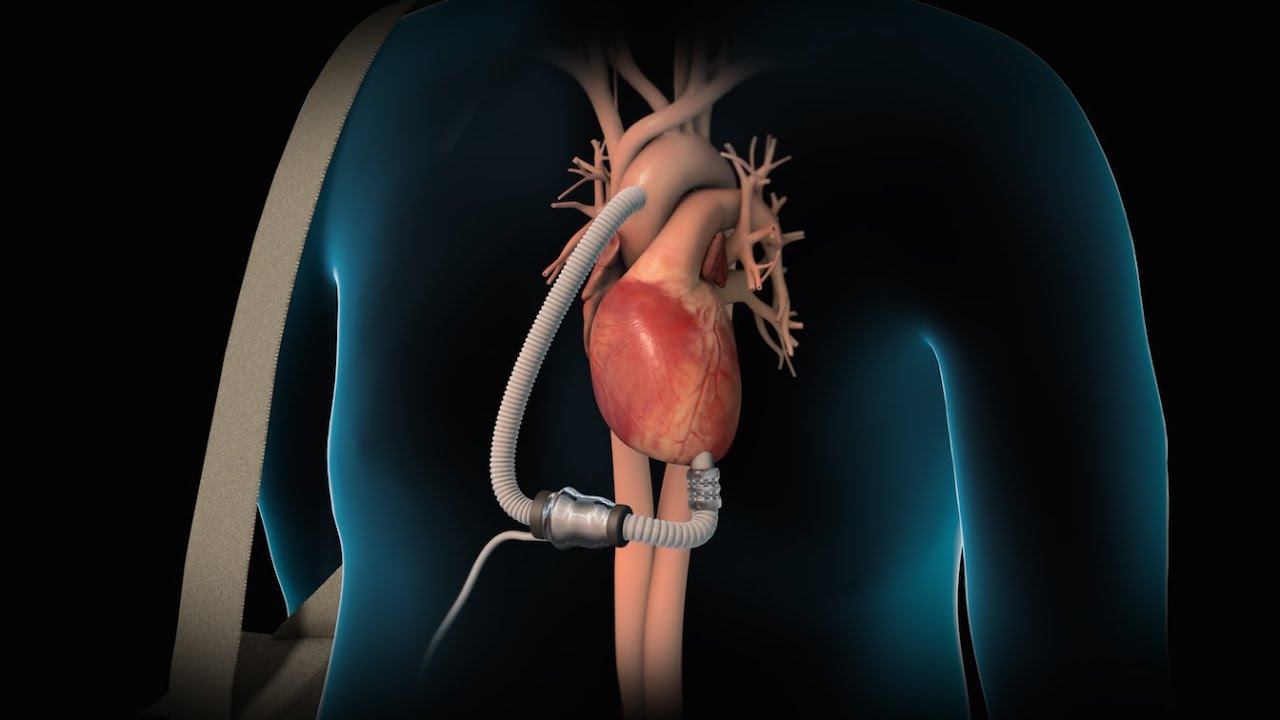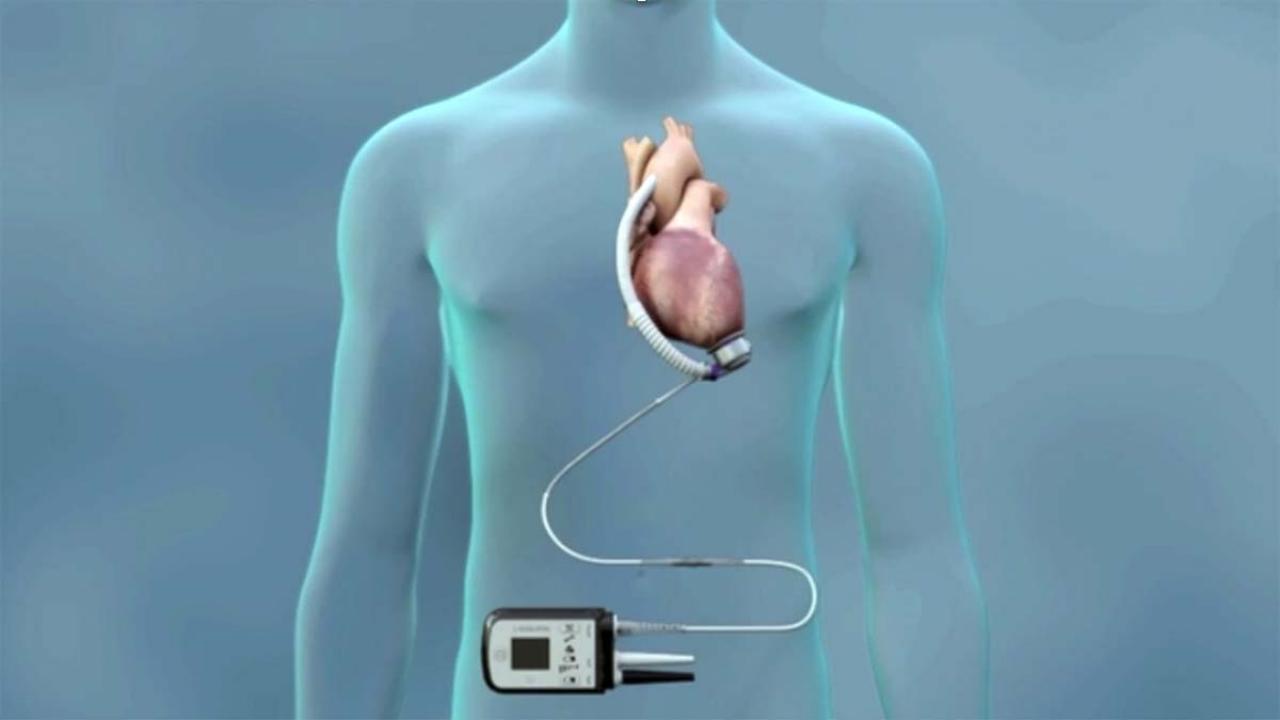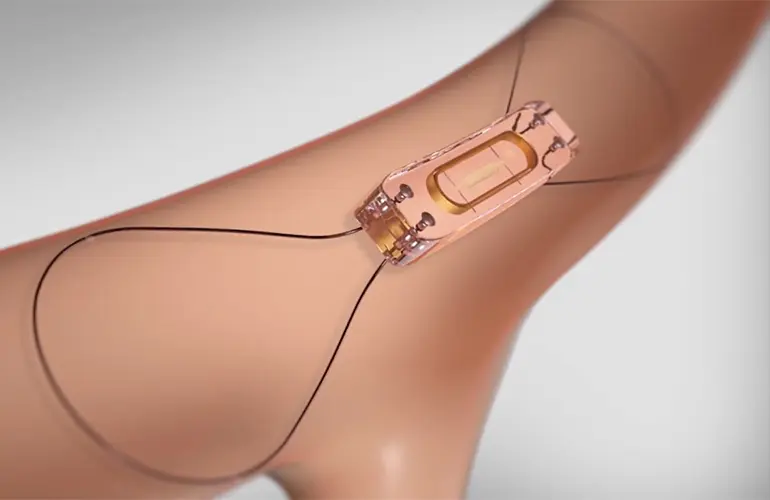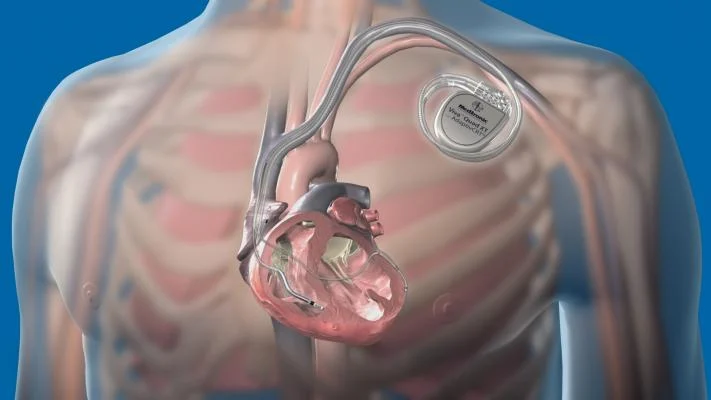Some heart conditions are difficult to detect because they occur unpredictably. Standard tests like ECGs or Holter monitors may not capture these rare episodes. For such situations, a loop recorder becomes an invaluable tool. This tiny device, also known as an implantable cardiac monitor, is placed under the skin to track the heart's rhythm continuously over extended periods, sometimes for years. It acts like a silent observer, always ready to catch irregular heartbeats that could explain symptoms like sudden fainting or palpitations.
How the Loop Recorder Operates
The loop recorder is implanted in a minor procedure that takes less than an hour. It’s usually positioned just beneath the skin near the chest area, where it can effectively monitor the electrical activity of the heart. Unlike traditional external monitors that require wires and patches, this device stays out of sight and works without any daily maintenance by the patient. Its design allows for constant monitoring, and it uses a looping memory system that records only when necessary, either through automatic detection or manual activation during symptoms.
What makes the device even more useful is its ability to send data wirelessly. Using a remote transmission system, the recorded heart rhythms are shared with a healthcare provider who can review them without the patient needing to visit the clinic frequently. This real-time communication enhances diagnosis and decision-making, especially for conditions that carry serious risks if left undetected.
Why and When It’s Used
A loop recorder is particularly useful when someone has experienced unexplained fainting spells, irregular heartbeats, or when doctors suspect an abnormal rhythm that occurs only occasionally. It is also commonly used in individuals who have had strokes with no known cause, to check for intermittent atrial fibrillation that may have triggered the event. Since these episodes might not happen during short-term monitoring, the loop recorder’s long-term surveillance fills that gap and captures critical events.
The device empowers doctors to identify patterns that are not otherwise visible. In patients whose symptoms occur only once every few months, this continuous monitoring becomes the key to uncovering the real issue behind their discomfort or risk.
Benefits of Using a Loop Recorder
One of the primary advantages of a loop recorder is its ability to function continuously without interfering with daily activities. Once implanted, most individuals forget it is even there. There are no wires to manage, no frequent trips to the hospital, and no major limitations on movement. In fact, many patients return to regular life almost immediately after the procedure. Over time, the data it collects can be the difference between uncertainty and a life-saving diagnosis.
Another key benefit is early detection. Dangerous rhythm abnormalities, when detected early, can be treated effectively before leading to severe consequences. Because the data is remotely reviewed by cardiologists, any significant changes or alarming events are flagged quickly, ensuring fast medical response when needed.
Life with a Loop Recorder
Living with a loop recorder is simple and mostly unobtrusive. Patients may be given a handheld activator or a mobile app to note when symptoms occur, which helps the device match heart rhythm patterns with specific episodes. Over time, this correlation helps physicians determine whether symptoms are linked to electrical irregularities in the heart or caused by other factors.
The device can remain in place for up to three years depending on the medical need. If the required information has been collected earlier, or if treatment has already been initiated based on findings, the loop recorder can be removed with a quick outpatient procedure. It serves its purpose silently, ensuring that no critical sign is missed.
Conclusion
A loop recorder offers a modern solution to one of cardiology’s biggest challenges—catching fleeting, unpredictable heart rhythm issues. With its long-term monitoring, remote connectivity, and high accuracy, this small implant plays a vital role in diagnosing hidden cardiac problems. It helps uncover conditions that would otherwise remain elusive and allows for timely treatment before complications arise. As technology continues to evolve, the loop recorder stands out as a prime example of innovation in heart health monitoring—quiet, precise, and life-saving.




